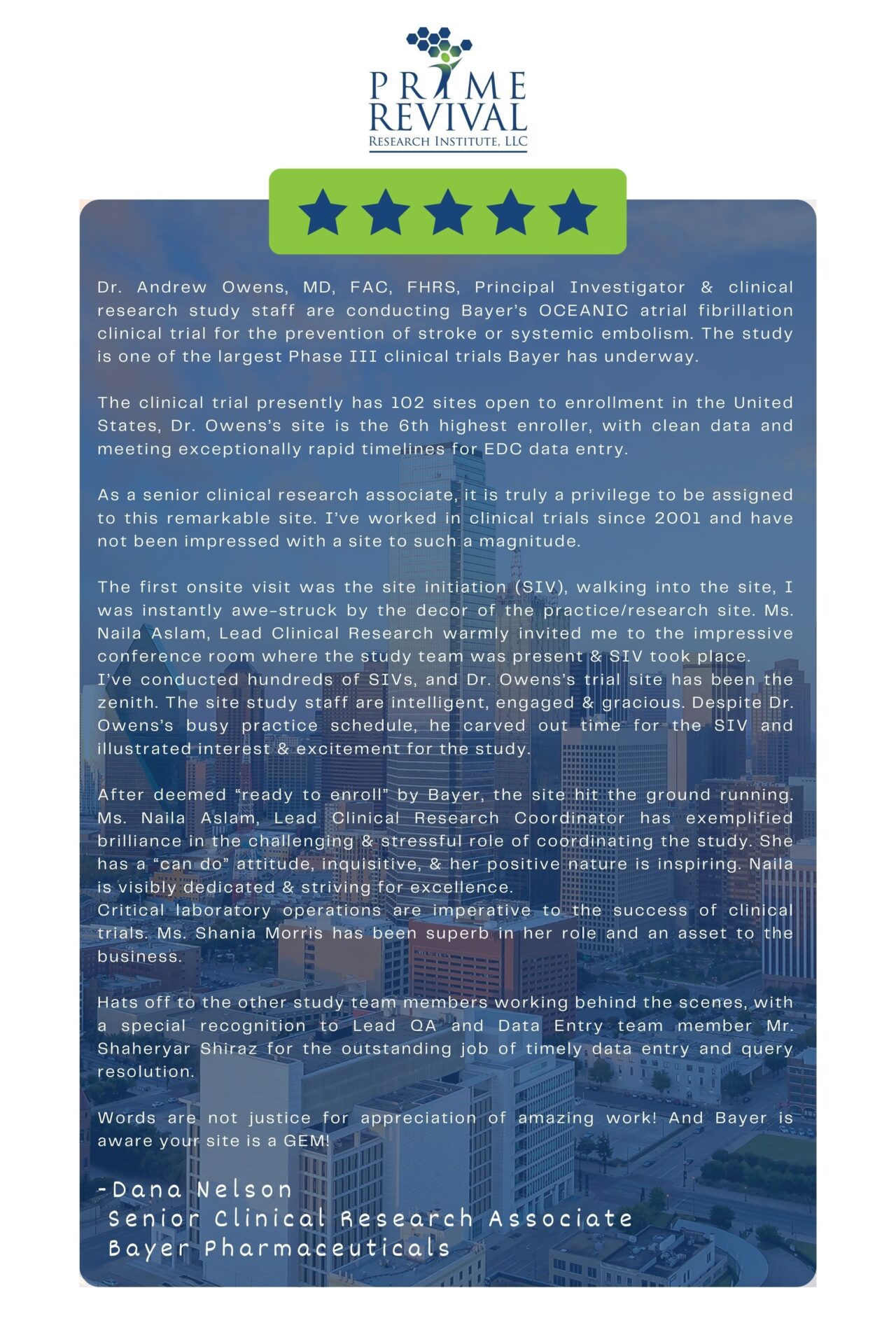Last Updated on April 19, 2023
Overview
Sinus Node Dysfunction, formerly known as Sick Sinus Syndrome describes disorders related to the conduction and propagation of electrical signals at the sinoatrial node. The sinoatrial node is also called as natural pacemaker of the heart as it generates electrical signals and is responsible for setting the rhythm and rate in a healthy heart.
Sinus node dysfunction can happen at any age but is most commonly diagnosed in older people. It is a progressive condition with chronic and irreversible causes. It can be caused by either intrinsic factors, such as degenerative idiopathic fibrosis, and cardiac remodeling, or extrinsic factors such as medicines, and metabolic disorders factors to the sinoatrial node. However, several extrinsic causes can be reversed.
This blog will cover sinus node dysfunction causes symptoms and the possible association between sinus node dysfunction and exercise.
What is Sinoatrial Node?
Electrical pulses in the heart are controlled by nodes, which are specific clusters of cells. The SA (sinoatrial) node sends an electrical signal to the upper heart chambers (atria), causing them to contract. The signal then travels to the lower heart chambers (ventricles) via the AV (atrioventricular) node, causing them to contract or pump.
The SA node is also called the heart’s pacemaker. Its electrical signals generally force the atria of an adult’s heart to contract 60-100 times each minute.
Sinus Node Dysfunction Causes
In sinus node dysfunction, the electrical signals are irregularly paced. This results in an altered heartbeat. It is relatively uncommon but the risk increases with increasing age. Some of the common causes include:
- Age-related wear and tear of heart tissues
- Scarring from heart surgery
- Heart disease
- Medications to treat irregular heartbeats
- Alzheimer’s disease medications
- Genetic changes
- Inflammatory diseases affecting the heart
- Neuromuscular dystrophy
- Obstructive sleep apnea
- Calcium channel blockers and beta blockers that are used to treat hypertension
Sinus Node Dysfunction Symptoms
Most people with sinus node dysfunction usually have no symptoms or the symptoms may be too mild to be noticed. However, in some cases, the symptoms might be severe enough to impact routine life.
Some of the symptoms include but are not limited to:
- Rapid fluttering heartbeats
- Chest pain
- Confusion
- Dizziness
- Lightheadedness
- Fainting
- Fatigue
- Shortness of breath
- Slower pulse rate
Sinus Node Dysfunction and Exercise
 People with this dysfunction might have difficulty performing physical activities such as running, jogging, or any sort of cardiac exercise. However, after the placement of a pacemaker, the prognosis becomes better and one can exercise more easily.
People with this dysfunction might have difficulty performing physical activities such as running, jogging, or any sort of cardiac exercise. However, after the placement of a pacemaker, the prognosis becomes better and one can exercise more easily.
Sinus Node Dysfunction and Atrial Fibrillation
The SA node does not perform properly when a person has sinus node dysfunction. Whereas, electrical signals in the upper chambers overcome the usual signals of the SA node in atrial fibrillation. This causes the upper chambers to beat irregularly.
Diagnosis of Sinus Node Dysfunction
The diagnosis is based on physical examination and some diagnostic tests. The doctor will begin the examination by asking about the symptoms and medical history. The diagnostic tests include the following:
Electrocardiography (ECG or EKKG):
This test is simply used to test the electrical activity of the heart. Sensors are attached to the legs and chest. Wires attach the sensors to a computer that displays the result. ECG tells how fast or slow the heart is beating that helps in the diagnosis of sinus node dysfunction.
Holter Monitor:
It is a portable ECG device that is attached to the body throughout the day and records heart activity for 24 to 72 hours.
Event Recorder:
It is a portable ECG gadget designed to be put on for up to 30 days, or until an abnormal heartbeat or symptoms appear. When symptoms appear, you normally click a button.
Implantable Loop Recorder:
This little ECG gadget is placed just beneath the chest skin. It is used for continuous, long-term monitoring of the electrical activity of the heart, especially in individuals who have infrequent symptoms.
Electrophysiologic Testing for Sinus Node Dysfunction
This test also called an EP study, is almost never used to check for sinus node dysfunction. It may, however, be performed to assess the function of the sinus node and other electrical features of the heart.
Treatment of Sinus Node Dysfunction
Following treating reversible causes, the condition can be treated with the insertion of a permanent pacemaker. A permanent pacemaker is recommended for symptomatic patients who have diagnosed bradycardia as the cause of their symptoms.
A pacemaker is a tiny, battery-powered device that is surgically placed under the skin around the collarbone. The pacemaker stimulates (paces) the heart as needed to maintain a regular heartbeat. The type of pacemaker depends on the type of irregular rhythm a person experiences. The different types of pacemakers for sinus node dysfunction include:
- Single chamber pacemaker: carries signals to the lower right ventricle of the heart.
- Dual chamber pacemaker: carries signals to the right upper heart chamber called the atria and the right lower heart chamber called the ventricle.
- Biventricular pacemaker: is for people with heart failure and heartbeat problems. It stimulates both lower heart chambers the right and left ventricles.
A Word From Prime Revival
Sinus node dysfunction is a challenging condition that interrupts the normal functioning of the sinoatrial node, the natural pacemaker of the heart. It impacts day-to-day activities and makes it difficult to cope with everything. With symptoms like chest tightness, palpitations, confusion, fainting, and shortness of breath, It can be challenging to withstand. Regardless of being an age-related condition, it can affect young people too and cause serious complications.
The good news is that pacemakers are a great alternative to the sinoatrial node in case of dysfunction. Therefore, it is essential to keep track of sinus node dysfunction symptoms and get the right treatment at the right time to avoid complications.


